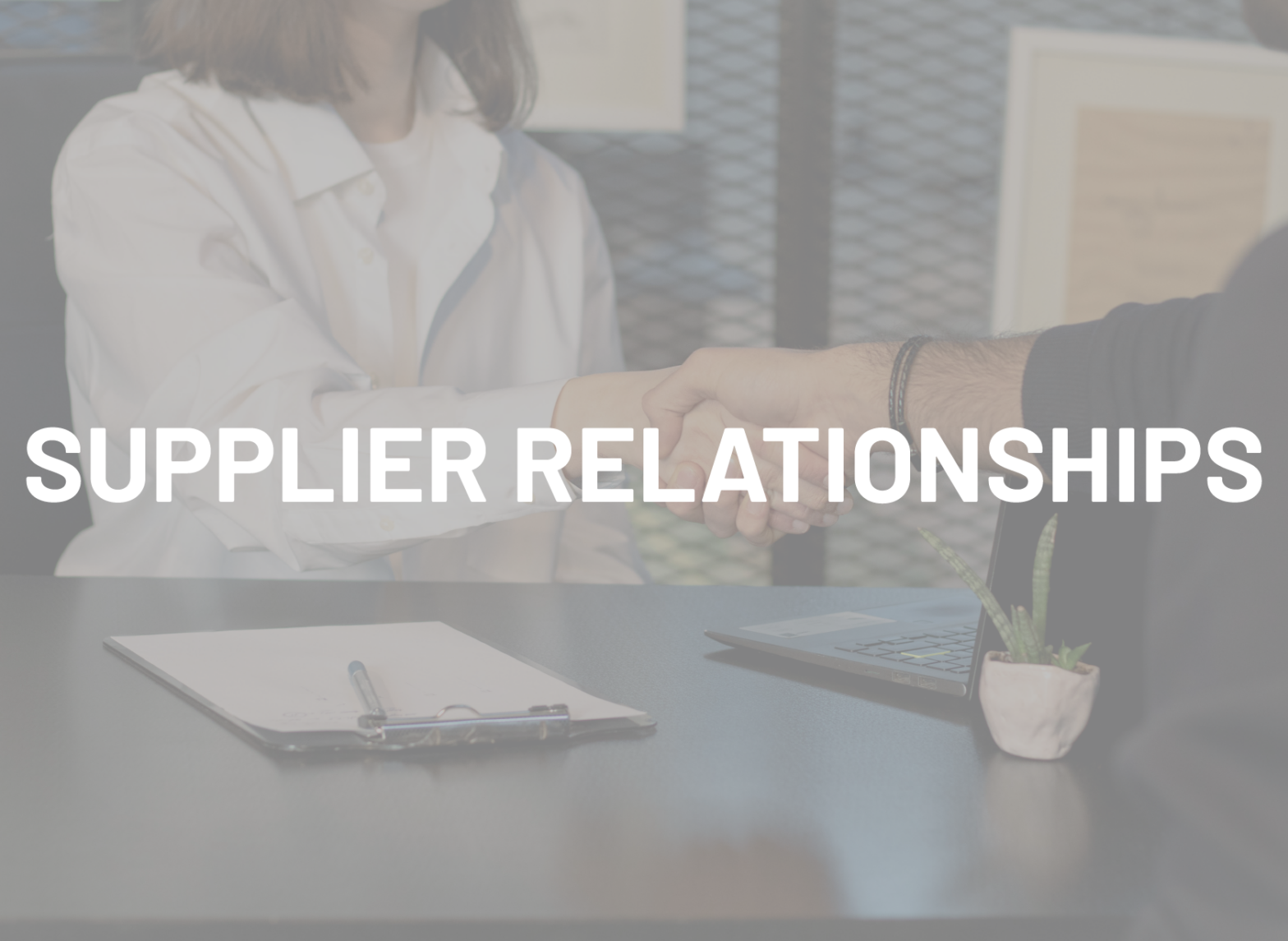It has been a few weeks since NASPO’s Exchange, or perhaps even a few months since you opened those emails from new and contracted suppliers. Supplier engagement is an ongoing process that isn’t always at the top of our list, but making time for supplier engagement increases value– cost savings, improved goods or services, or expanded access to the market.
Energized suppliers actively involved and trying to do business with their local public procurement offices will be more responsive, willing to assist procurement professionals, and informative of updates in their field. By taking the following three steps—inventory, research, and notice—you are well on the way to increasing value for your public entity through fair and ongoing supplier engagement. So, it is time to ask, what is next?
1. Take Inventory
It is time to review those supplier emails or notes from Exchange and get organized! Start simple. Ask yourself, with whom do we want to do business? By reviewing current and potential suppliers, you can start taking inventory of who you have been communicating with over the past few months and who might be a good fit for potential business with your state or public entity. This is the time to think more deeply about your state’s needs or anticipated needs. Questions you should consider:
- What changes need to be made to existing contracts?
- What opportunities do cooperatives present?
- What RFPs are we anticipating?
Consider using a simple ranking system of one through five to help you start taking inventory—one being highly unlikely to do business and five being very likely to do business.

Also, it’s the perfect time to develop (or update) a spreadsheet you and your colleagues can share about suppliers. Be sure to include contact details, types of goods or services offered, and the last time you (or someone else in your agency) communicated with the supplier. You could even integrate your ranking system into the spreadsheet.
2. Do Your Research
Now that you’ve identified your most likely candidates for business, it is time to take a deeper look. The goal is to better understand your entity’s needs and what suppliers can offer. One way to better understand the needs is to look for opportunities to consolidate agency contracts. Often several agencies have smaller contracts with suppliers for similar goods or services. This presents the opportunity to consolidate these existing contracts and maximize value through purchasing volume. Plus, user agencies can provide beneficial insight into the actual performance of suppliers.
Better understanding suppliers and supplier performance is vital to your research. Checking business profiles on SAM.gov (for past debarment) and the Better Business Bureau are good places to start. Tools like Procurated provide helpful supplier reviews, and the NASPO ValuePoint website provides access to:
- current cooperative solicitation documents and contracts organized by state, category, portfolio, and contractor;
- contact information for the Lead State and the Contract Portfolio Manager team;
- all executed PAs to gain better insight into what other states and suppliers have already agreed to; and
- negotiation and red-lining discussions.
3. Put Everyone on Notice
After some research, you’ll have a much better understanding of which suppliers will best meet your purchasing needs. It is time to start letting your colleagues know. As we have all experienced, turnover can impede a project’s timeline, so it is essential to develop a management plan for your next steps. This ensures that everyone in your office can more easily understand how you plan to proceed with a supplier and provides the opportunity for you to explain how you are meeting agency needs. Be sure to include anyone with an interest. This could include user agencies, supervisors, or other purchasing professionals that might be impacted. This is especially important if you are changing the supplier management plan of a current contract. Buy-in is key. Information sessions and kick-off meetings are great tools because they provide an opportunity for you to learn about current processes and past experiences, and they provide a space for people to ask questions.
Although supplier engagement might not be on the top of your to-do list, building those relationships and better understanding what services and goods your public entity can access increases value. That increased value to your procurement office can be in cost savings, improved goods or services, or expanded access to the market. For more information about supplier engagement and how to energize your supplier base, take a look at these resources:
